 Stop the Cap! has learned customer complaints about Suddenlink Communications’ data caps have made an impact, and the company is planning to rollout a new campaign starting April 1 allowing premium customers to get their unlimited data back, eventually at a price.
Stop the Cap! has learned customer complaints about Suddenlink Communications’ data caps have made an impact, and the company is planning to rollout a new campaign starting April 1 allowing premium customers to get their unlimited data back, eventually at a price.
A source tells us residential customers will now qualify for unlimited if they subscribe to either of Suddenlink’s two fastest Internet plans in any respective market. In most areas, that means signing up for 100/10 or 200/20Mbps service. Where gigabit plans exist, customers will need to subscribe to either 200/20 or 1,000/50Mbps service.
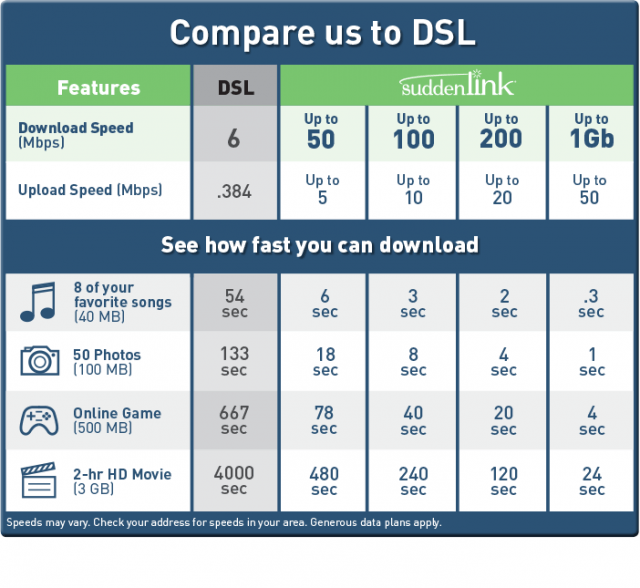 Customers will need to call Suddenlink to sign up for the offer (we’ve reached out to the company to learn the details we will share if we receive them), which provides unlimited service free for the first year. In year two, unlimited will cost $5 extra a month and after the second year Suddenlink will charge customers $10 extra.
Customers will need to call Suddenlink to sign up for the offer (we’ve reached out to the company to learn the details we will share if we receive them), which provides unlimited service free for the first year. In year two, unlimited will cost $5 extra a month and after the second year Suddenlink will charge customers $10 extra.
Suddenlink claims its Internet plans already come with “generous” allowances, but fails to disclose them upfront to customers. In fact, there is no apparent way for a prospective customer to learn what their usage cap is without calling in or waiting until after they sign up for service:

Quoted from Suddenlink’s customer FAQ

Kent
As with every other Internet Service Provider implementing data caps, Suddenlink claims practically nobody is affected by them.
“The residential data we offer should be more than sufficient for the vast majority of our customers,” the company says. “The relatively few customers who desire more may wish to consider upgrading to a faster speed with a larger data plan, where available, or purchasing one or more supplemental data packages.”
But in November 2015, the outgoing CEO of Suddenlink Jerry Kent told Wall Street an entirely different story.
“Overage charges have become a significant revenue stream for us,” Kent said, noting usage cap overlimit fees were a major factor for the company’s 3.6% year over year growth in revenue, which reached $605.1 million.
Customers were given this explanation for Suddenlink’s decision to implement data caps:
“Data plans are one step among several that help us continue delivering a quality Internet experience for our customers. Other steps include the sizable investments we’ve made and continue making to provide greater downstream and upstream system capacity and more bandwidth per home. Even with those investments, a relatively few customers use a disproportionate amount of data, which can negatively affect the Internet experience of those who use far less. That’s why, as a complement to our network investments, we’ve established data plans.”
But Kent explained things back in 2010 somewhat differently to Wall Street and his investors:
“I think one of the things people don’t realize [relates to] the question of capital intensity and having to keep spending to keep up with capacity,” Kent said. “Those days are basically over, and you are seeing significant free cash flow generated from the cable operators as our capital expenditures continue to come down.”


 Subscribe
Subscribe AT&T has indirectly announced it will enforce hard data caps on its U-verse broadband service for the first time, imposing overlimit fees for customers that exceed their allowance unless they agree to pay $30 extra a month for a new unlimited add-on plan.
AT&T has indirectly announced it will enforce hard data caps on its U-verse broadband service for the first time, imposing overlimit fees for customers that exceed their allowance unless they agree to pay $30 extra a month for a new unlimited add-on plan.
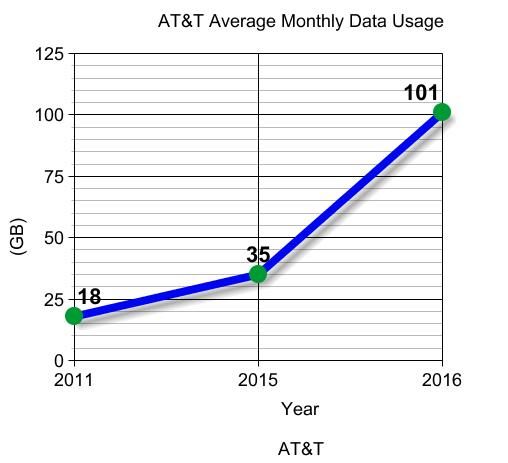
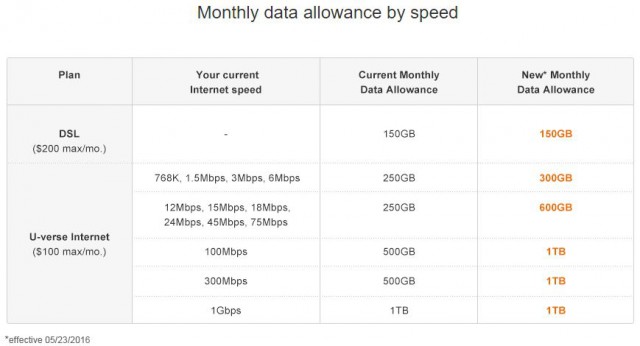

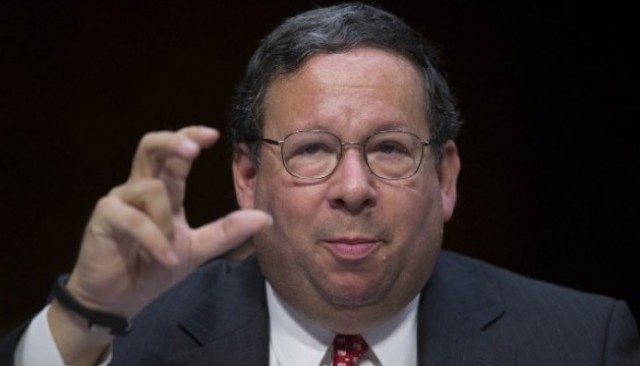
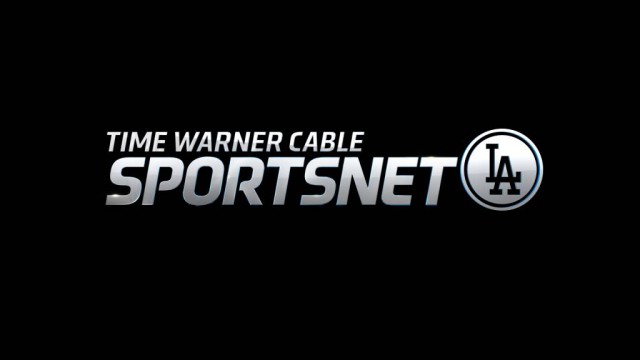 A bone toss by Time Warner Cable (just over a week before the opening of baseball season) to get Southern California satellite and cable providers to pick up carriage of the Los Angeles Dodgers’ SportsNet LA at a discount has backfired and further inflamed critics of the cost of sports programming.
A bone toss by Time Warner Cable (just over a week before the opening of baseball season) to get Southern California satellite and cable providers to pick up carriage of the Los Angeles Dodgers’ SportsNet LA at a discount has backfired and further inflamed critics of the cost of sports programming. The issue has sparked outrage among sports fans and politicians, who have complained about the ongoing impasse between Time Warner and other providers. Only Charter Communications, now in sensitive negotiations with the California Public Utilities Commission over its acquisition of Time Warner Cable, relented and agreed to pick up the channel for its customers last summer.
The issue has sparked outrage among sports fans and politicians, who have complained about the ongoing impasse between Time Warner and other providers. Only Charter Communications, now in sensitive negotiations with the California Public Utilities Commission over its acquisition of Time Warner Cable, relented and agreed to pick up the channel for its customers last summer. “Why would anyone give everyone a taste of something for a year?” Mark Ramsey, a media consultant based in San Diego,
“Why would anyone give everyone a taste of something for a year?” Mark Ramsey, a media consultant based in San Diego,  Verizon’s loyal landline customers are subsidizing corporate expenses and lavish spending on Verizon Wireless, the company’s eponymous mobile service, while their home phone service is going to pot.
Verizon’s loyal landline customers are subsidizing corporate expenses and lavish spending on Verizon Wireless, the company’s eponymous mobile service, while their home phone service is going to pot. In contrast, Time Warner Cable has sold its customers phone service with unlimited local and long distance calling (including free calls to the European Community, Canada, and Mexico) with a bundle of multiple phone features for just $10 a month. That, and the ubiquitous cell phone, may explain why about 11 million New Yorkers disconnected landline service between 2000-2016. There are about two million remaining customers across the state.
In contrast, Time Warner Cable has sold its customers phone service with unlimited local and long distance calling (including free calls to the European Community, Canada, and Mexico) with a bundle of multiple phone features for just $10 a month. That, and the ubiquitous cell phone, may explain why about 11 million New Yorkers disconnected landline service between 2000-2016. There are about two million remaining customers across the state.